
XR Talks is a series that features the best presentations and educational videos from the XR universe. It includes embedded video, as well as narrative analysis and top takeaways. Speakers’ opinions are their own.
In our time as tech industry analysts, one annual event has always stood out: Mary Meeker’s Internet Trends Report at the Code Conference (formerly All Things:D). It remains an insightful dive into all aspects of the digital media landscape, and is this week’s featured talk (video below).
But how does it relate to spatial computing? In a broad sense, it provides lots of perspective on the digital environment from which AR sprouts. In a more direct sense, Meeker examines how camera-based technologies like AR and visual search are in the initial stages of an upswing.

The Macro Environment
Starting with the broader environment, smartphone sales are decelerating as they reach market saturation. This has driven AR activity as companies like Apple look to both plan a successor to the iPhone (AR glasses) and increase reliance on the iPhone (phone-tethered AR glasses).
Facebook is facing a similar challenge as smartphone maturation is causing it to run out of ad inventory in the news feed. So it is driven to counter that trend by finding more valuable ad formats (stories and AR lenses), and more touch points for those ads (Portal, Instagram, etc.).

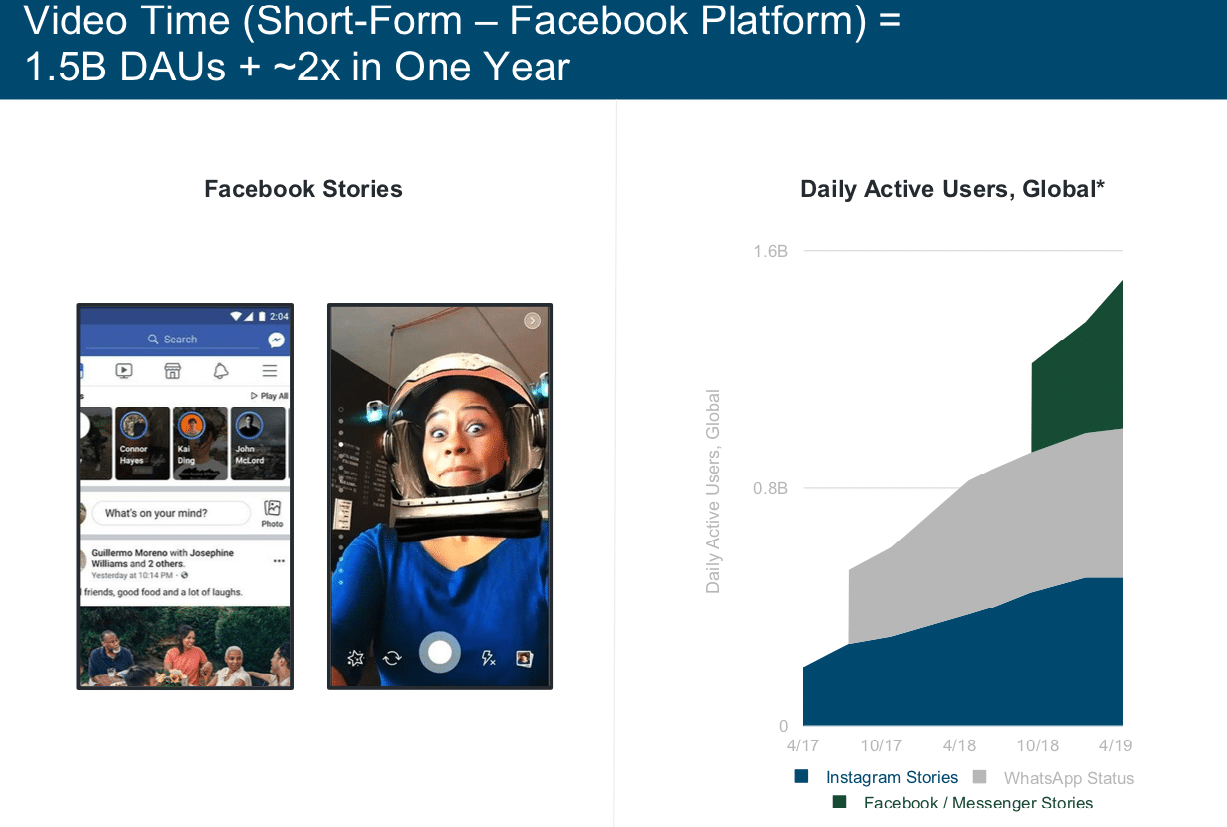
AR’s Benefactors
Speaking of tech giants, AR will not only benefit from their motivations but will also be amplified by their scale. Similar to the exercise we did last month, it’s notable how a decent portion of the most valuable global internet companies have major AR development and investment underway.
In fact, the top five market cap leaders are doing more with AR than anyone else. That includes Microsoft (Hololens, Enterprise AR cloud), Amazon (AR assisted shopping), Apple (ARkit, hardware/wearables), Google (visual search), and Facebook (Lens engagement/advertising).
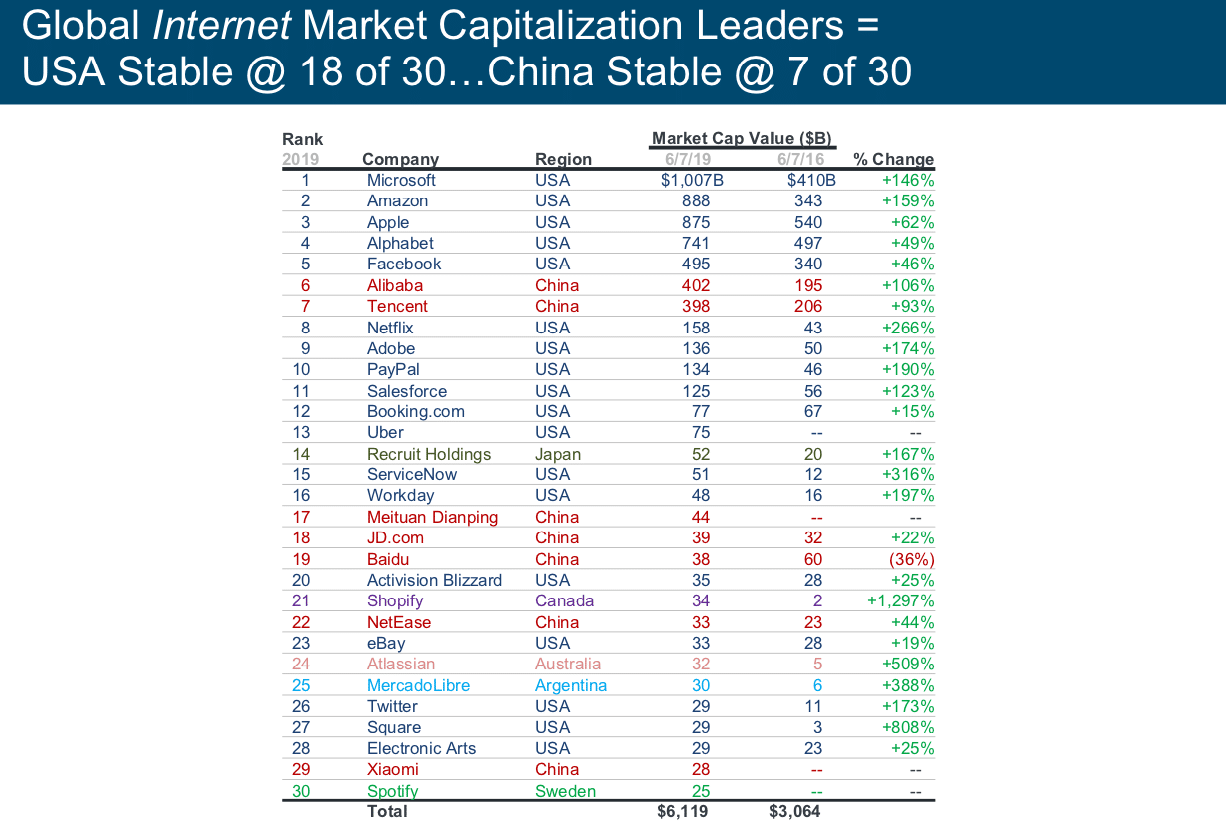

Finding a Home
Media usage also provides a window into AR’s opportunity, as we’ve examined. Though daily time with media continues to grow slightly, AR’s challenge is to displace established devices that rule our lives, Mobile has the lion’s share, so it’s where AR will thrive in the near term, as we know.
But the below chart doesn’t bode well for VR in terms of carving out a piece of our daily time with media. It will likely live within the smaller share of “other connected devices” or face the challenge of taking share from the desktop/laptop category, which will be the case for VR gaming.
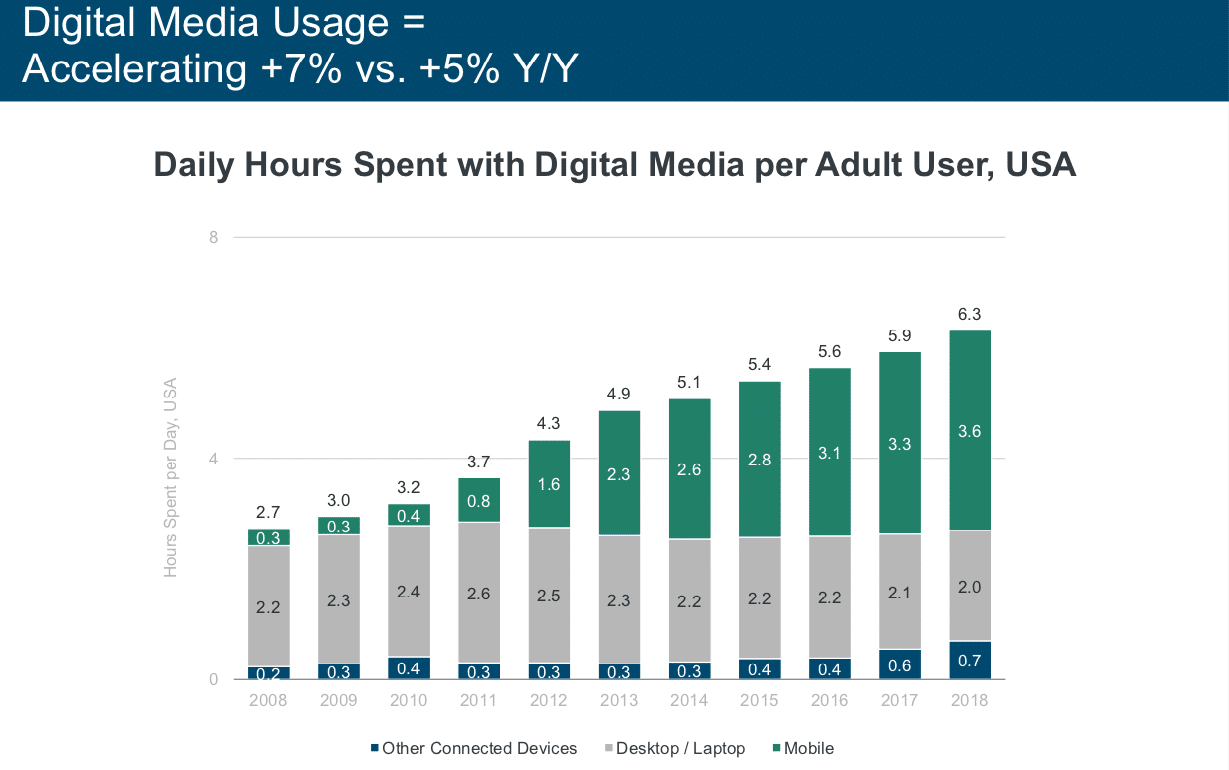
Besides mobile, another place AR will live is wearables. That means AR glasses in the longer-term. But in the nearer term, we’re bullish on broadening the definition of AR to include AR audio, which will piggyback on the success of AirPods, and newer categories like Bose Frames.

AR is Worth a Thousand Words
Most of the above puts our own AR-centric analysis on Meeker’s excellent look at the macro environment. But she also addressed AR directly. First, she’s bullish on camera and image-based technologies because they align with our innate cognition to communicate through pictures.
This includes all of the innovation happening at the application layer (more on that in a bit) but starts with the underlying technology and hardware capabilities. There, we’re seeing camera-enabled smartphones reach about 3 billion globally, and pack hefty image processing.

These underlying factors enable widespread image creation and sharing. Combined with other factors such as millennials affinity for the camera, the activity is skyrocketing. This isn’t all AR activity but it conditions a use case where AR is aligned and is additive, using things like lenses.
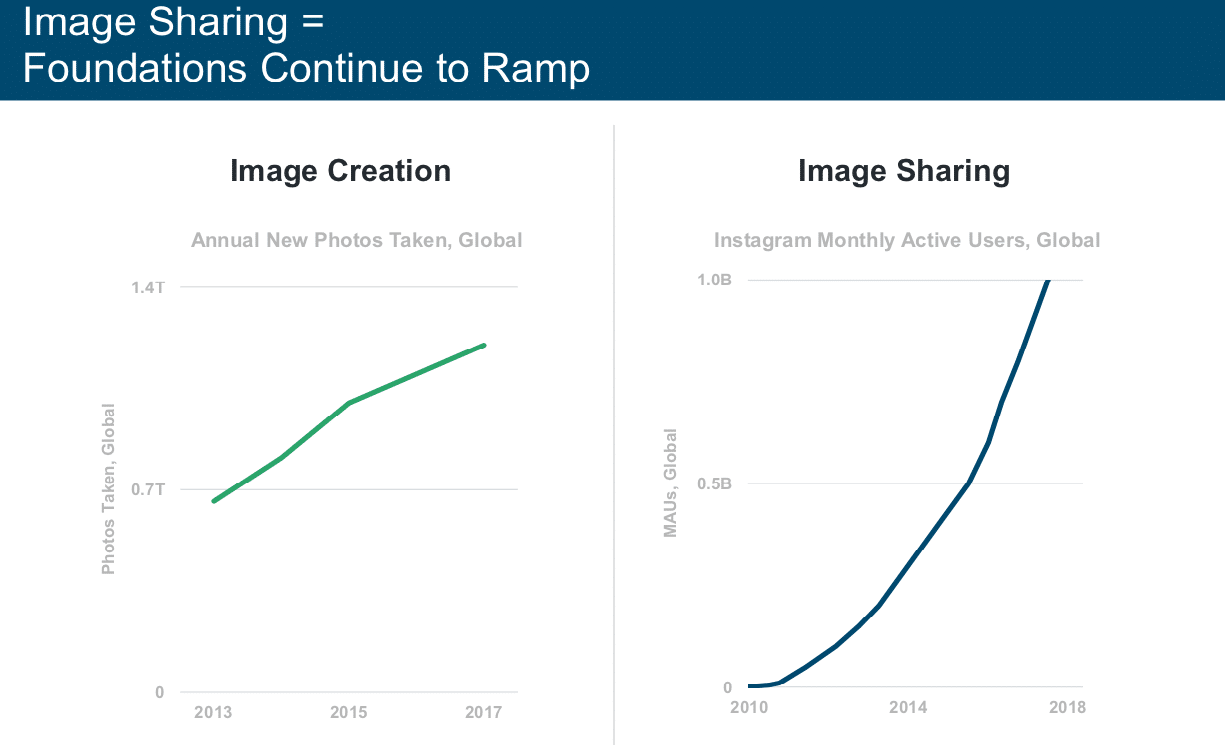
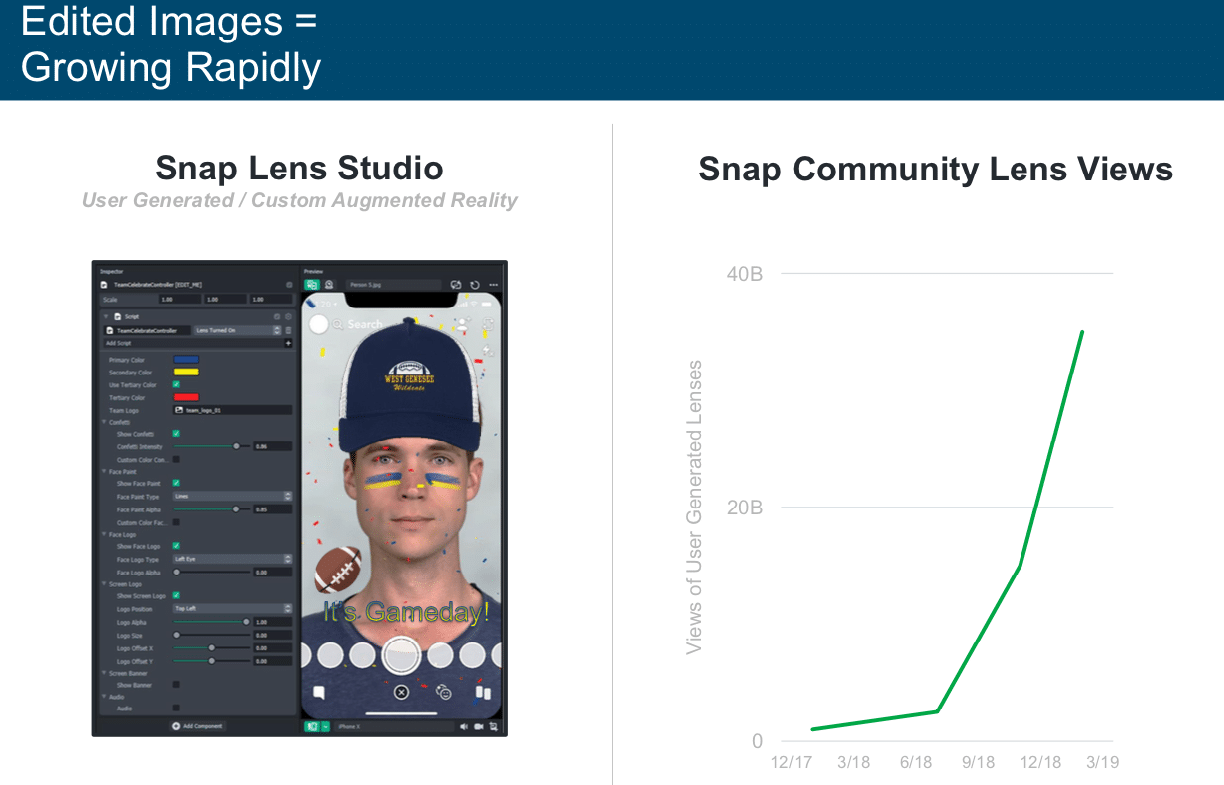
Not Just Fun & Games
Speaking of lenses, that’s where the app layer comes into the picture and combines with other factors. For example, lens sharing is the user behavior but the business models extending from it is where things get interesting. And that’s where AR’s immersive qualities fit well with commerce.
Advertisers are excited for AR so far — despite its relatively low reach in early days — because of its ability to demonstrate products in immersive ways. This is already proving to boost ad engagement metrics and have the rare ability to span the full consumer purchase funnel.
In other words, AR supports reach-driven product awareness campaigns such as Facebook news feed ads. Then it can step down the consideration funnel by letting users try things on, such as cosmetics or style items. Lastly, the informed purchase can lead to transactions on the spot.
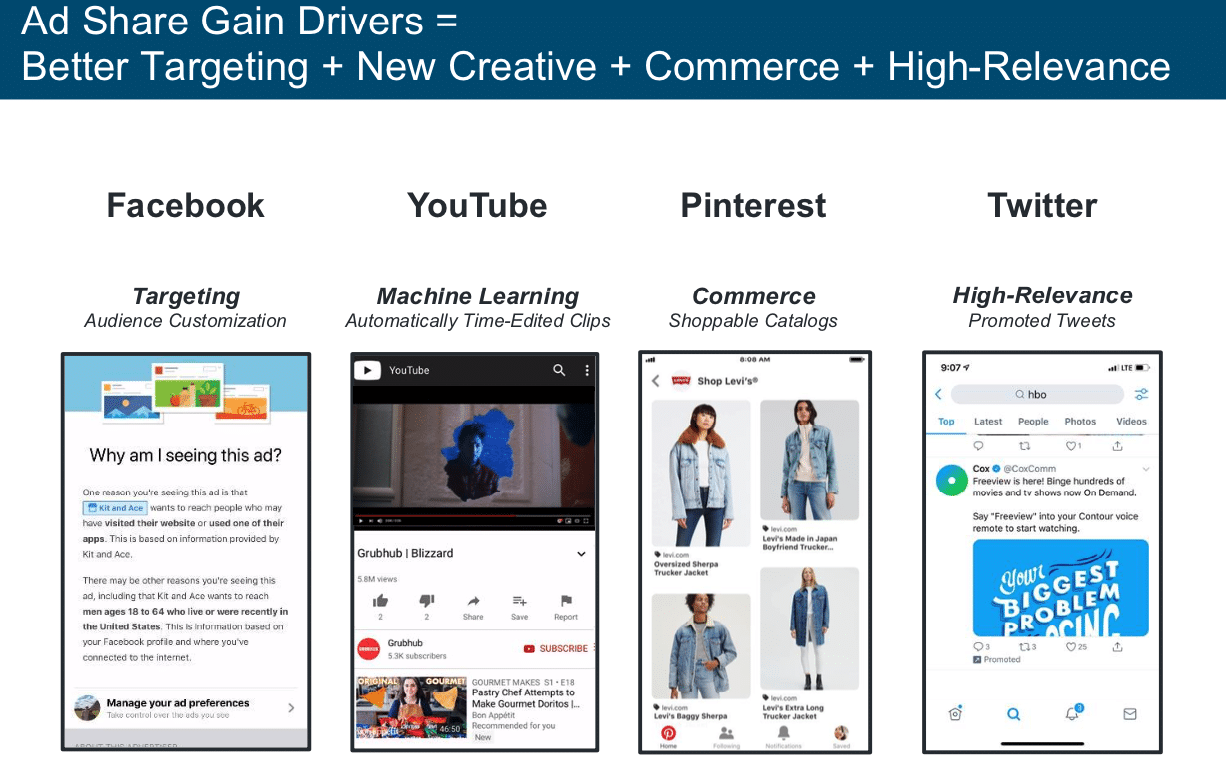
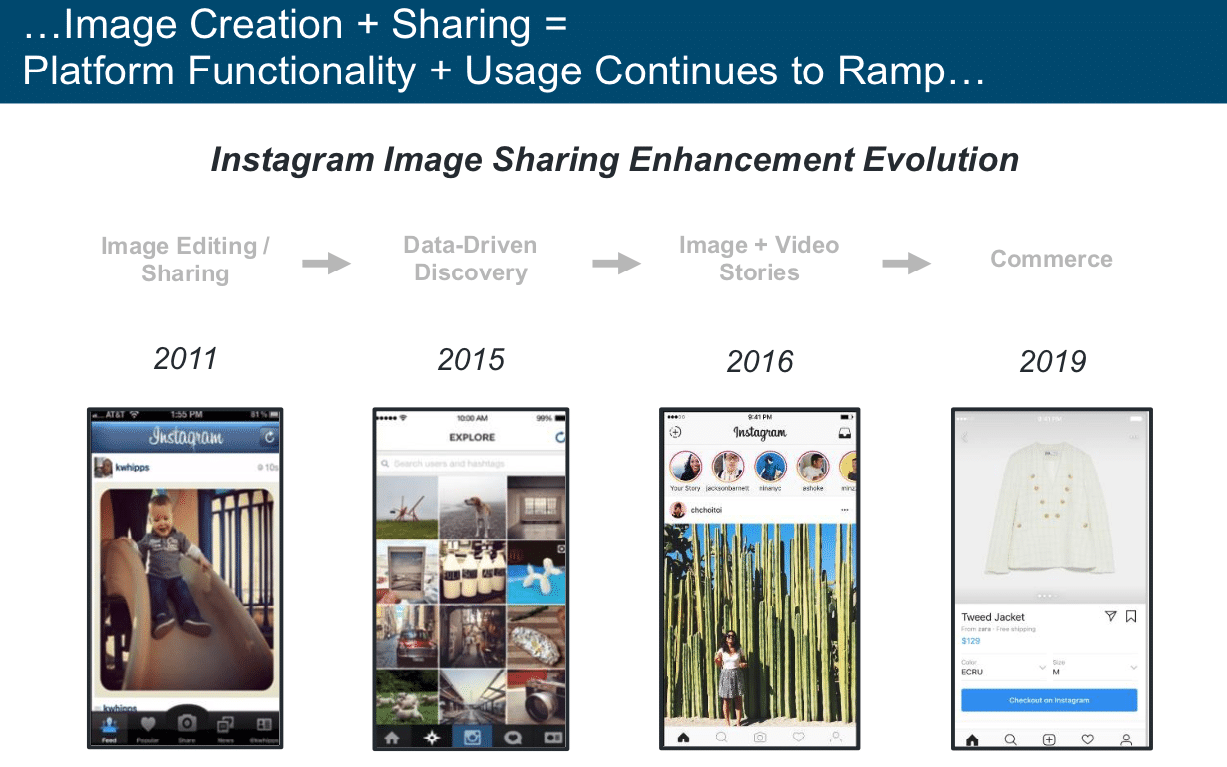
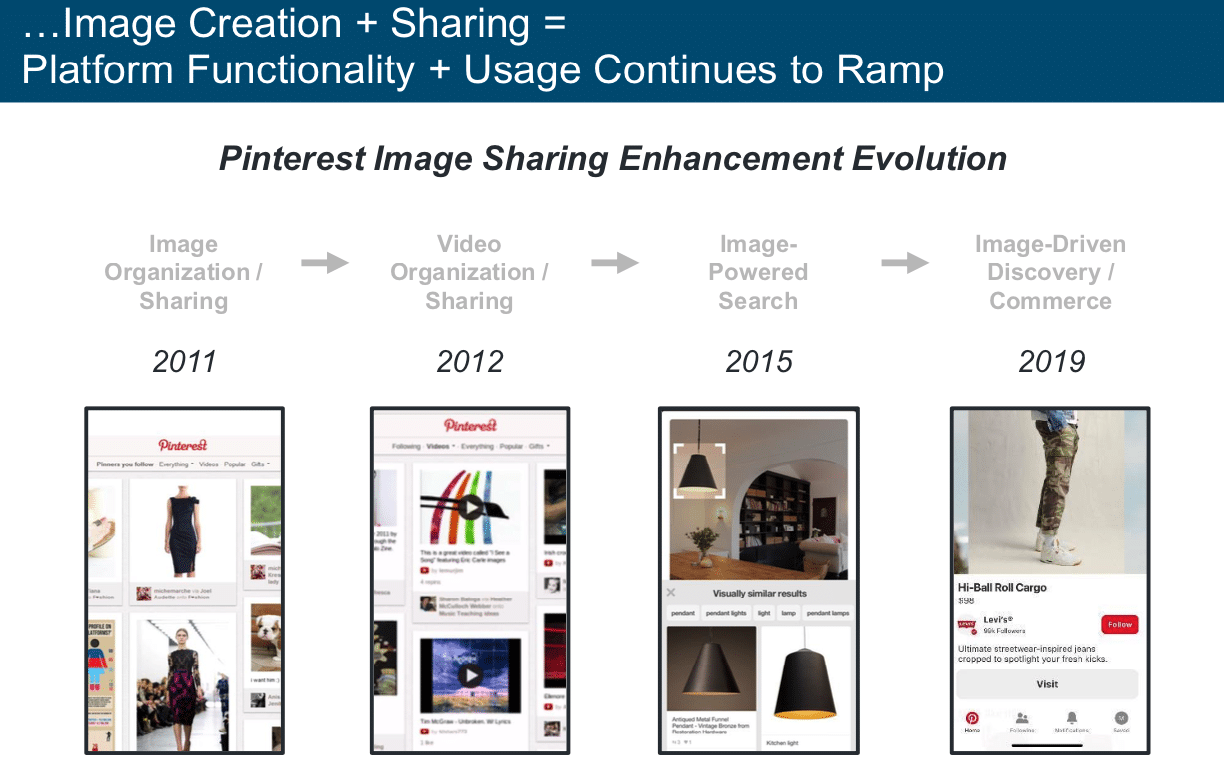
Search What You See
Lastly, the image-centric and commerce-enabling use case isn’t just about visualizing products that are pushed through ad channels. It’s also about a user “pull” dynamic to visually search and contextualize (then potentially buy) all the items they serendipitously encounter in the world.
That’s of course where visual search comes in. The computer vision and AI-driven technology is where Google is placing its chips as a new search modality. And Meeker believes this is another component of the human-centric trend towards a more image-based digital future.

See Meeker’s entire address below and stay tuned for more as we continue to parse her massive presentation for additional insights and strategic implications for AR. ARtillery PRO subscribers can also log in any time to download Meeker’s entire deck of presentation slides.
For deeper XR data and intelligence, join ARtillery PRO and subscribe to the free AR Insider Weekly newsletter.
Disclosure: AR Insider has no financial stake in the companies mentioned in this post, nor received payment for its production. Disclosure and ethics policy can be seen here.
Header image credit: Vox Media, YouTube
